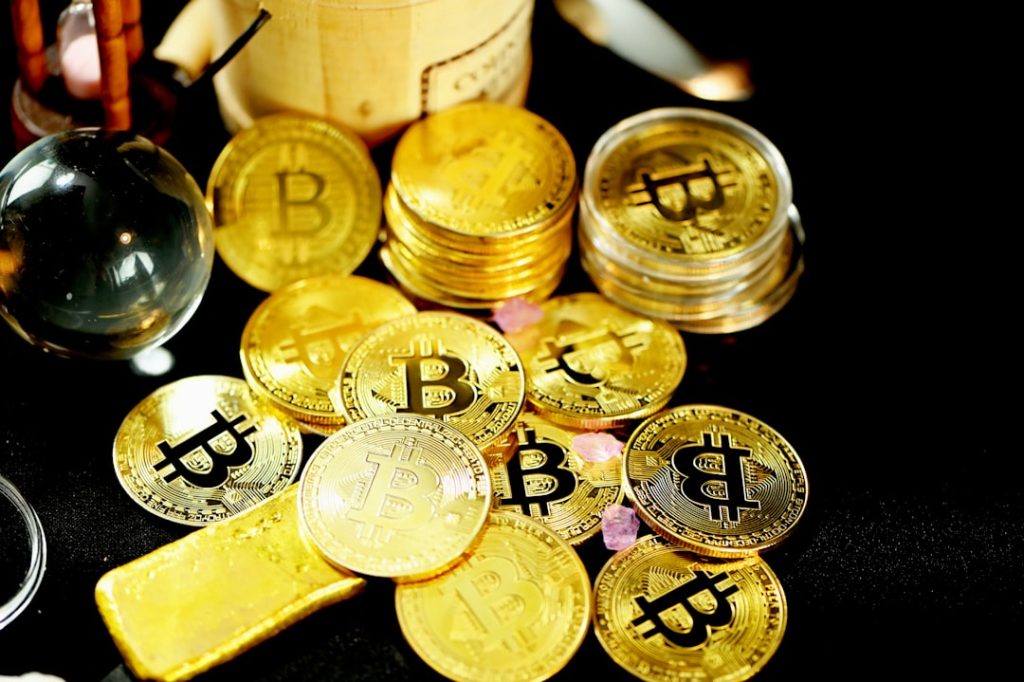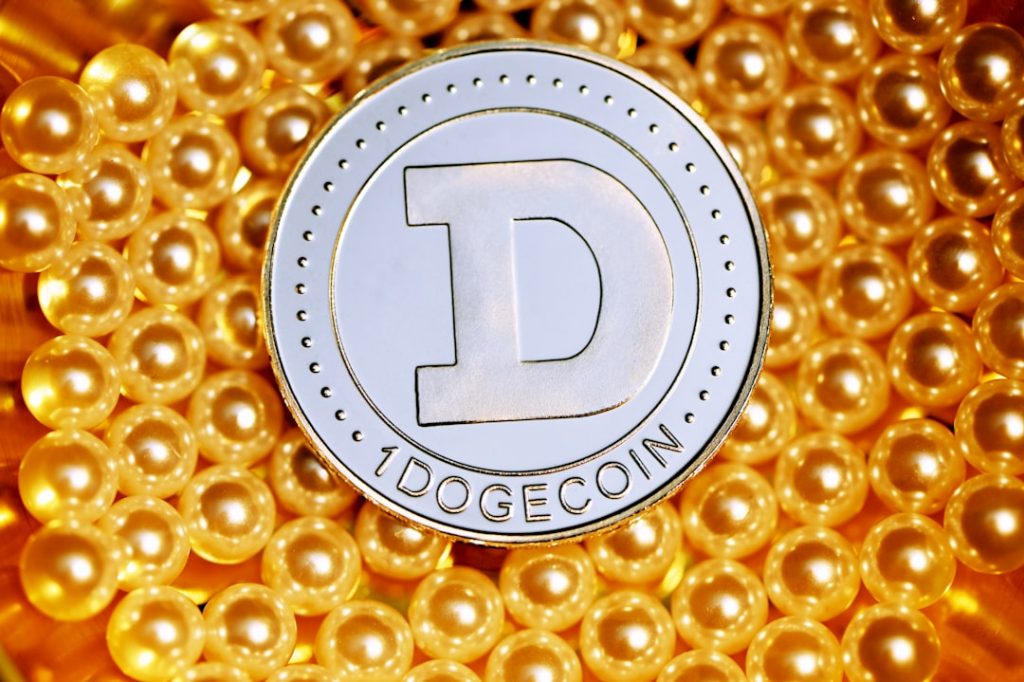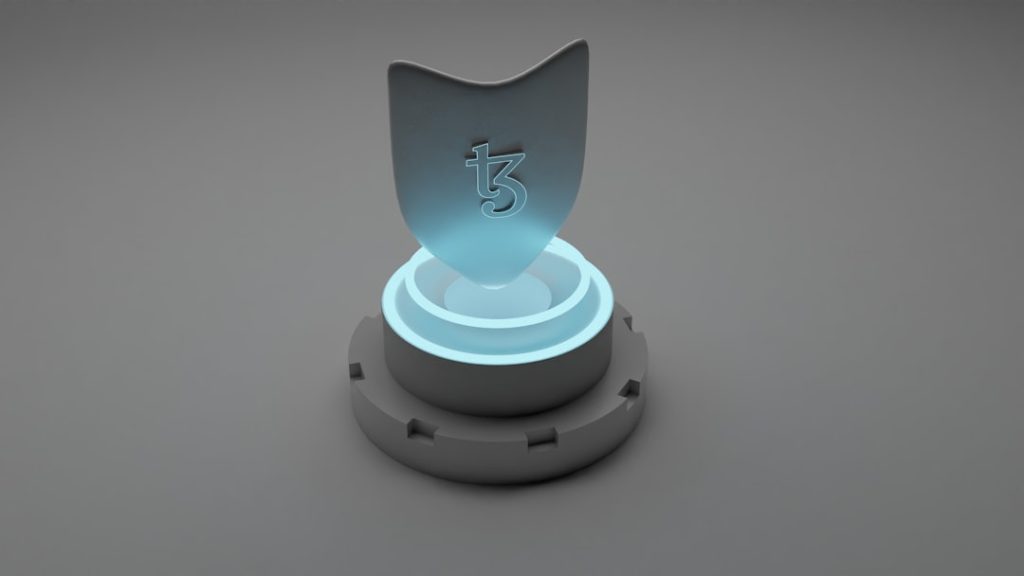Blockchain is a special kind of database that stores information in a unique way. Unlike traditional databases that store data in tables, a blockchain stores data in blocks that are linked together in a chain. Each block contains a list of transactions, and once a block is full, it is linked to the previous block, creating a chain of blocks.

Here are some key terms to help you understand blockchain better:
Block: A block is a container that holds a list of transactions. When the block is full, it is added to the chain.
Chain: The chain is a series of linked blocks. Each block is connected to the previous one, creating a secure and unchangeable record of transactions.
Transaction: A transaction is a record of an exchange of value between two parties. In the context of blockchain, it often refers to the exchange of cryptocurrencies, but it can also include other types of data.
Decentralization: Unlike traditional databases that are controlled by a single entity, a blockchain is decentralized, meaning it is maintained by a network of computers (nodes) rather than a central authority. This makes it more secure and resistant to tampering.
Node: A node is a computer that participates in the blockchain network. Nodes validate and relay transactions and store a copy of the blockchain.
Blockchain is like a digital ledger that everyone can see but no one can change. Because it is decentralized and secure, blockchain is used for various applications, including cryptocurrencies like Bitcoin, supply chain management, and voting systems.
Introduction to Blockchain
Blockchain is a special kind of database that stores information in a unique way. Unlike traditional databases that store data in tables, a blockchain stores data in blocks that are linked together in a chain. Each block contains a list of transactions, and once a block is full, it is linked to the previous block, creating a chain of blocks. This makes the data very secure and hard to change.
Key Terms to Understand Blockchain
- Block: A block is a container that holds a list of transactions. When the block is full, it is added to the chain.
- Chain: The chain is a series of linked blocks. Each block is connected to the previous one, creating a secure and unchangeable record of transactions.
- Transaction: A transaction is a record of an exchange of value between two parties. In the context of blockchain, it often refers to the exchange of cryptocurrencies, but it can also include other types of data.
- Decentralization: Unlike traditional databases that are controlled by a single entity, a blockchain is decentralized, meaning it is maintained by a network of computers (nodes) rather than a central authority. This makes it more secure and resistant to tampering.
- Node: A node is a computer that participates in the blockchain network. Nodes validate and relay transactions and store a copy of the blockchain.
How Blockchain Works
Let’s break down how blockchain works step by step:
- When a transaction is made, it is recorded in a block. This block contains information like the sender, receiver, and amount of the transaction.
- Once the block is full of transactions, it is added to the blockchain. Each new block is linked to the previous one, forming a chain of blocks.
- Before a block is added to the chain, it must be verified by the nodes in the network. This ensures that the transactions are valid and prevents fraud.
- Once verified, the block is added to the blockchain, and the information becomes permanent and unchangeable.
Benefits of Blockchain
Blockchain offers several benefits:
- Security: Because each block is linked to the previous one and verified by multiple nodes, it is very difficult to alter the data, making blockchain very secure.
- Transparency: All transactions are recorded on a public ledger that anyone can view, which increases transparency and trust.
- Decentralization: No single entity controls the blockchain, which reduces the risk of manipulation or failure.
“Blockchain technology enables the existence of cryptocurrency (among other things). Bitcoin is the name of the best-known cryptocurrency, the one for which blockchain technology was invented.” – Investopedia
Challenges and Solutions
Despite its benefits, blockchain faces several challenges:
Scalability
Problem: As more transactions are added, the blockchain grows larger, which can slow down the network.
Solution: Solutions like sharding, where the blockchain is split into smaller pieces, can help improve scalability.
Energy Consumption
Problem: Verifying transactions requires a lot of computational power, which uses a significant amount of energy.
Solution: Using more energy-efficient consensus mechanisms, like Proof of Stake (PoS) instead of Proof of Work (PoW), can reduce energy consumption.
Regulation
Problem: The lack of regulation can lead to uncertainty and potential misuse.
Solution: Developing clear regulations and standards can help ensure the safe and responsible use of blockchain technology.
Understanding Blockchain through Video
To better understand how blockchain works, you can watch this informative video:
Blockchain is like a digital ledger that everyone can see but no one can change. It offers high security, transparency, and decentralization, making it useful for various applications beyond cryptocurrencies, such as supply chain management and voting systems. Despite its challenges, ongoing developments aim to make blockchain more scalable, energy-efficient, and regulated for widespread adoption.
What is a blockchain?
A blockchain is a type of database that stores information in a series of connected blocks. Each block contains a list of transactions, and once a block is full, it is linked to the previous block, forming a chain. This design makes the data secure and unchangeable.
How does a blockchain work?
When a transaction is made, it is recorded in a block. Each block contains multiple transactions. Once a block is full, it is added to the chain of previous blocks. Before a block can be added to the blockchain, it must be verified by multiple computers (nodes) in the network. This process ensures the integrity and security of the data.
What are the key benefits of blockchain technology?
- Security: The linked nature of blocks and the verification process by multiple nodes make blockchain data highly secure and resistant to tampering.
- Transparency: Transactions on a blockchain are recorded on a public ledger that anyone can view, increasing transparency and trust.
- Decentralization: Blockchain is maintained by a network of nodes rather than a single central authority, reducing the risk of centralized control and failure.
What are some common uses of blockchain?
Blockchain is commonly used for cryptocurrencies like Bitcoin. It is also used in supply chain management, voting systems, healthcare records, and financial services, among other applications.
What is a node in a blockchain?
A node is a computer that participates in the blockchain network. Nodes validate and relay transactions and store a copy of the blockchain. This decentralized network of nodes ensures the security and integrity of the blockchain.
What is the difference between blockchain and traditional databases?
Traditional databases store data in tables and are usually controlled by a single entity. Blockchain, on the other hand, stores data in connected blocks and is maintained by a decentralized network of nodes. This makes blockchain more secure and transparent compared to traditional databases.
How does blockchain ensure security?
Blockchain ensures security through its structure and verification process. Each block is linked to the previous one, making it difficult to alter any information without changing all subsequent blocks. Additionally, transactions must be verified by multiple nodes before being added to the blockchain, further enhancing security.
Can blockchain be used for things other than cryptocurrencies?
Yes, blockchain can be used for various applications beyond cryptocurrencies. These include supply chain management, where it can track the movement of goods; voting systems, ensuring secure and transparent elections; and healthcare, where it can manage patient records securely.
What are the challenges faced by blockchain technology?
- Scalability: As the blockchain grows, it can slow down the network. Solutions like sharding can help improve scalability.
- Energy Consumption: The process of verifying transactions can be energy-intensive. Using more efficient consensus mechanisms, like Proof of Stake (PoS), can help reduce energy consumption.
- Regulation: The lack of clear regulations can lead to uncertainty. Developing and implementing regulations can ensure the safe and responsible use of blockchain technology.






